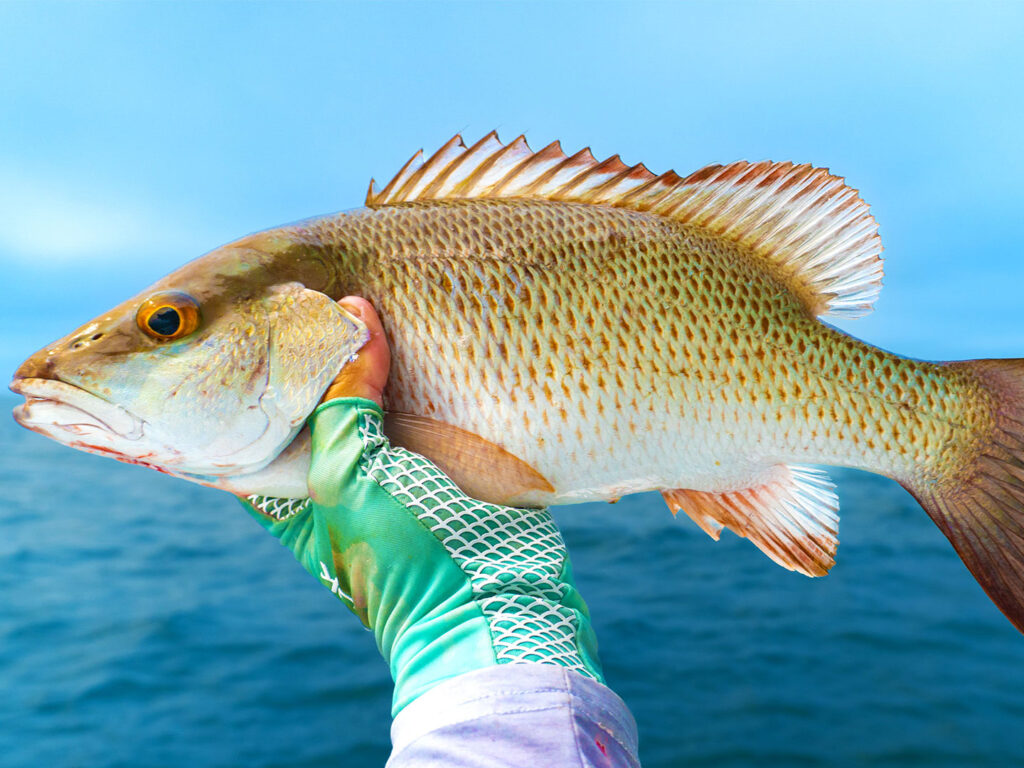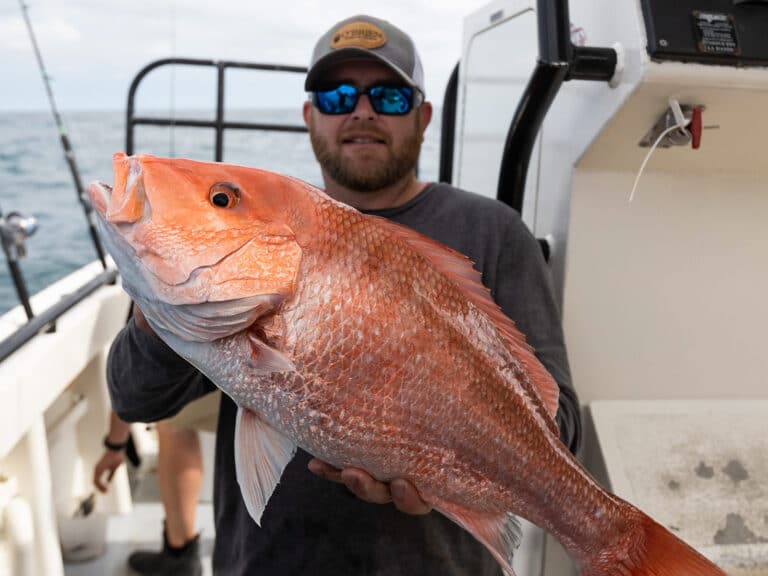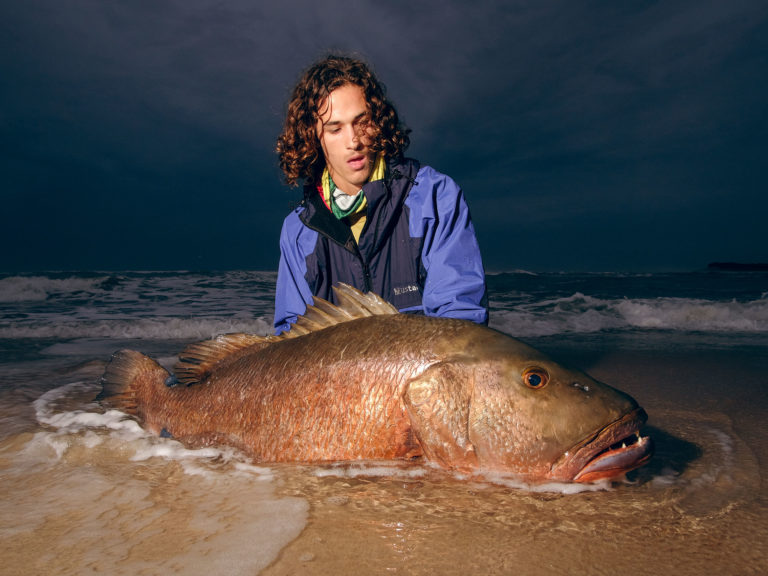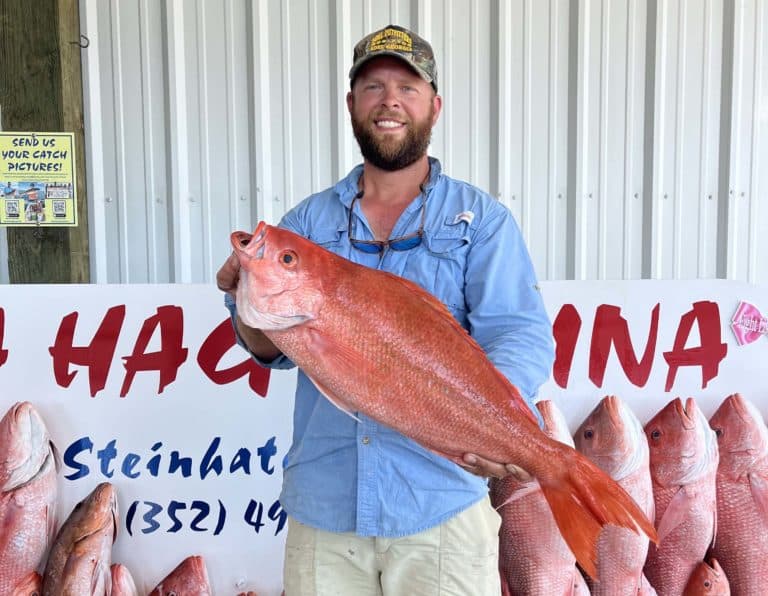
How to Catch More Mangrove Snapper
Discover the best baits, locales, and techniques to enhance your saltwater fishing success.
The snappers are voracious feeders, with the teeth to back it up, and will hit cut baits, live baits, shrimp, and lures.

Discover the best baits, locales, and techniques to enhance your saltwater fishing success.

Big changes to snapper and grouper regulations for anglers in the South Atlantic could be on the horizon, including a new fishing permit.

Cuberas top the list of heaviest snappers across the globe.

A group of anglers ran more than 300 miles to connect with the record beeliner. All that’s left is waiting for approval from the IGFA.
The snappers comprise a large family of fish similar in habit and appearance: There are 13 of them in the Atlantic and Gulf of Mexico, and nine more in the Pacific, but few of these make it as far north as southern California. Most, with the exception of immature gray snapper common to the mangrove country, inhabit offshore reefs, rocks and other structure.
Most snappers run just a few pounds. The yellowtail snapper of the South Florida and Keys reefs commonly hit 4 or 5 pounds; the popular mutton snapper average 5 to 15 pounds; the coveted red snapper may top 20 pounds; and bruiser Cubera snapper on the reefs, may scale up to 80 pounds. The snappers are voracious feeders, with the teeth to back it up, and will hit cut baits, live baits, shrimp, and lures, and a careless angler’s fingers; but in clear water they can get cautious and difficult to fool. All are exceptional on the table.